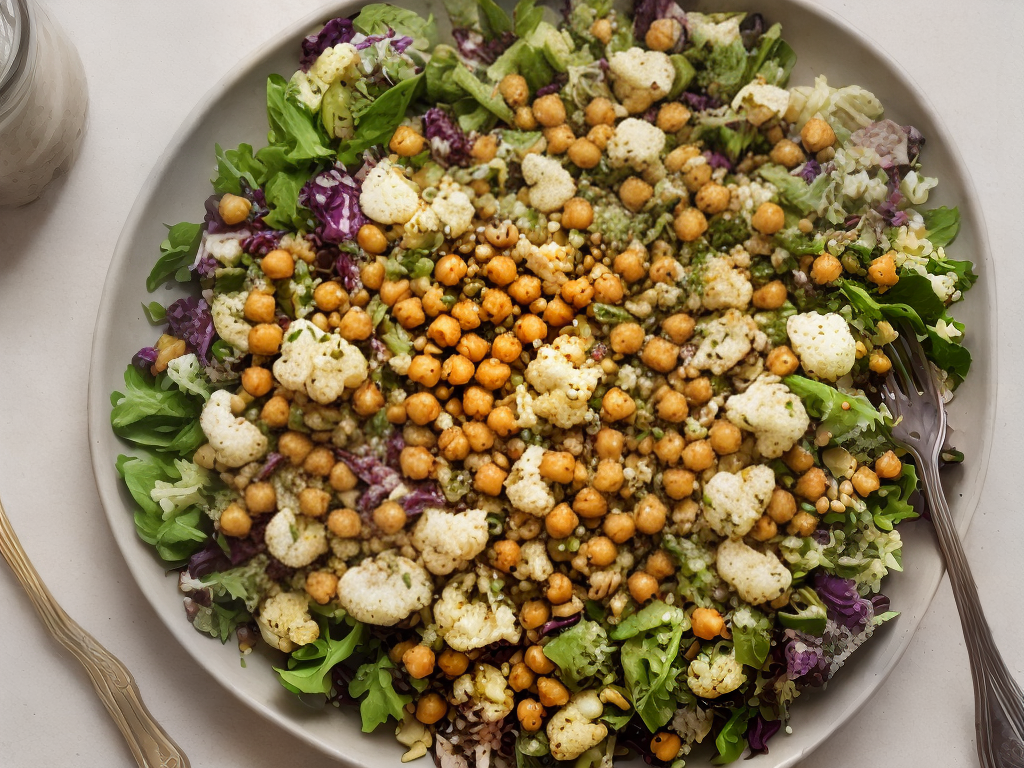Taking care of your kitchen is very important, but there are also 4 basic kitchen safety tips that you should keep in mind. Keep your hands clean and dry, don’t let your children reach the stove without a chair or stool, don’t eat food that’s been exposed to pathogens, and always add water to pots and pans before putting them on the stove.
Wash your hands
Keeping your hands clean when cooking in the kitchen is a very important way to prevent foodborne illness. There are many types of germs on your hands, and if you don’t wash them properly, they could cause you to get sick.
You should wash your hands after handling raw meat and seafood, after coughing or sneezing, after touching pets and raw eggs, and after preparing foods. Keeping your hands clean can also help prevent other infectious diseases.
When washing your hands, you should lather them with soap, then rinse them under running water. You should also dry your hands with a clean towel. If you don’t have access to soap, you can use a hand sanitizer containing 60% alcohol.
The CDC recommends washing your hands for at least 20 seconds. This will help kill the germs on your hands. You should also use soap on your hands before cooking in the kitchen. The lather you create will lift away oil and dirt from your skin, and carry germs away from your hands.
It’s important to remember that your hands are the most likely place for germs to transfer to your food. It’s also important to remember that most germs hide under fingernails. You should use warm water to wash your hands. It’s also important to use a paper towel to dry your hands.
While you’re cooking in the kitchen, you should also keep your hands away from your face. You can help prevent the spread of germs by wearing gloves. Also, you should avoid touching the kitchen countertop or door handles until after you’ve washed your hands.
Hand washing can be a daunting task, but it’s important to remember that keeping your hands clean can help prevent illness. In fact, 89% of foodborne illness outbreaks are caused by germs on your hands.
Always add water to pots or pans before they’re put on the stove
Adding a bit of water to your pots and pans will keep your kitchen in tip top shape. Using the proper cooking utensil ain’t bad either. The best place to put it is in a safe and secure place. This means a a trip to the local home improvement store is in order. It’s also where you can get a good deal on home improvement projects. While you’re there, you may as well pick up a few tips from the pros. The best part? If you’ve got the budget, you may even get a free consultation! Of course, you might want to get your questions answered before you buy. This can be done by making an appointment with one of the many home improvement specialists in your area. Getting your questions answered is the best way to avoid embarrassing mishaps down the road. This is especially true if you’re an aspiring chef who’s looking to impress. This is why you should take advantage of the free kitchen remodeling consultations offered by your local home improvement store.
Don’t let children reach the stove without a chair or stool
Having a young member of the family in the house is a lot of fun, but if you want to keep the riff raff at bay, there are a few steps you can take. Among them are putting the baby in a highchair, leaving the kitchen, and leaving the television to the side. The last two items should be easy to accomplish, especially if you have a small kitchen.
You should also consider putting household plants, such as flowering plants and fruit trees, out of reach of curious hands. One of the most common causes of burn injuries is putting hot foods on a hot burner. Also, don’t let your kids get too close to the stove, which is why the kitchen counter top is a good place to start.
Don’t cook raw chicken
Taking the time to make sure you don’t cook raw chicken in the kitchen can help you avoid the risk of food poisoning. The Centers for Disease Control and Prevention (CDC) urges people to follow a few simple rules to keep your food safe.
The first rule is to avoid cross-contamination. This happens when bacteria from raw meat splash onto other surfaces and foods. The bacteria can reach foods such as salads and vegetables. To prevent cross-contamination, use separate plates and cutting boards. Also, make sure to wash your hands thoroughly after handling raw chicken.
When cooking chicken, use an appropriate thermometer to ensure that it is cooked to a safe internal temperature. A digital thermometer is the most accurate way to determine this.
Raw chicken should never be stored at room temperature for more than two hours. If it is kept at room temperature for longer than this, it could contaminate other foods. The USDA recommends storing raw chicken at 40 degrees Fahrenheit or below.
It is important to use separate plates, cutting boards, and utensils to prepare and serve food. When handling raw chicken, you should wash your hands with warm soapy water for 20 seconds. You should also thoroughly rinse your utensils. Washing dishes with contaminated water can spread bacteria.
You should also never wash a raw chicken in the sink. This is an ineffective method for killing bacteria. It can spread bacteria throughout the sink and your kitchen.
If you wash raw chicken in the sink, be sure to spray water outside of the sink. Bacteria can travel up to three feet in this way.
It is also important to defrost raw chicken before cooking. This will prevent the juices from dripping onto other foods. You should also wash countertops, cutting boards, and other surfaces with hot soapy water.
Don’t eat food that’s been exposed to pathogens
Several types of pathogens can be found in food. These pathogens can cause disease when people eat foods that have been exposed to them. Some types of food are more likely to be contaminated than others.
Some types of food that are contaminated are raw shellfish, raw meat, and unpasteurized milk. Raw meat is the most likely to be contaminated. If you are planning to eat raw meat, wash your hands and use a food thermometer to ensure that the meat is cooked to a safe temperature.
Food poisoning can be caused by bacteria, parasites, or viruses. Some people are more prone to food poisoning than others. Young children, older adults, and people with weakened immune systems are more at risk of developing food poisoning. The risk is higher for people who are pregnant or have a chronic disease.
Some foods that are more likely to cause food poisoning include eggs, raw meat, raw shellfish, and unpasteurized milk. When handling raw meat, use separate cutting boards, keep the meat refrigerated, and use a food thermometer.
Salmonellosis is a type of food poisoning that is caused by the bacteria Staphylococcus aureus. Salmonella can be transmitted by contact with infected animals or people, or by eating contaminated raw fruits and vegetables.
Clostridium perfringens is a type of food poisoning caused by consuming contaminated food. The bacteria can multiply in the digestive tract, causing diarrhea, abdominal cramping, and vomiting. The bacteria can also be found in soil and water.
The most common types of food poisoning are caused by bacteria, viruses, and parasites. When people eat foods that have been exposed to these pathogens, they can develop symptoms within a matter of minutes. These symptoms can range from a mild stomach flu to a serious condition that can cause life-threatening illnesses.




